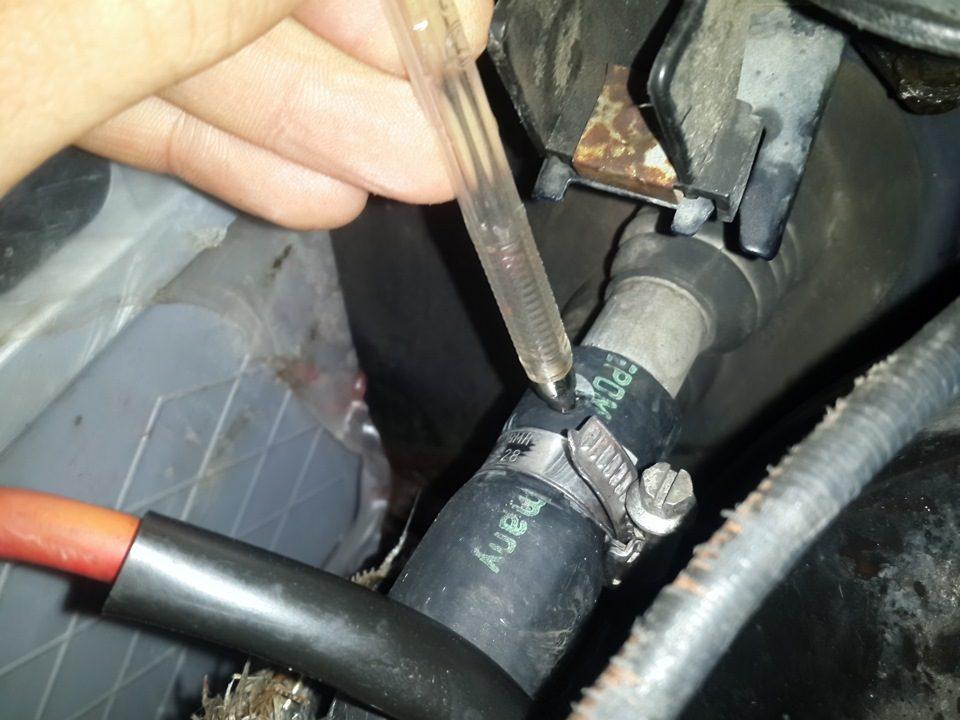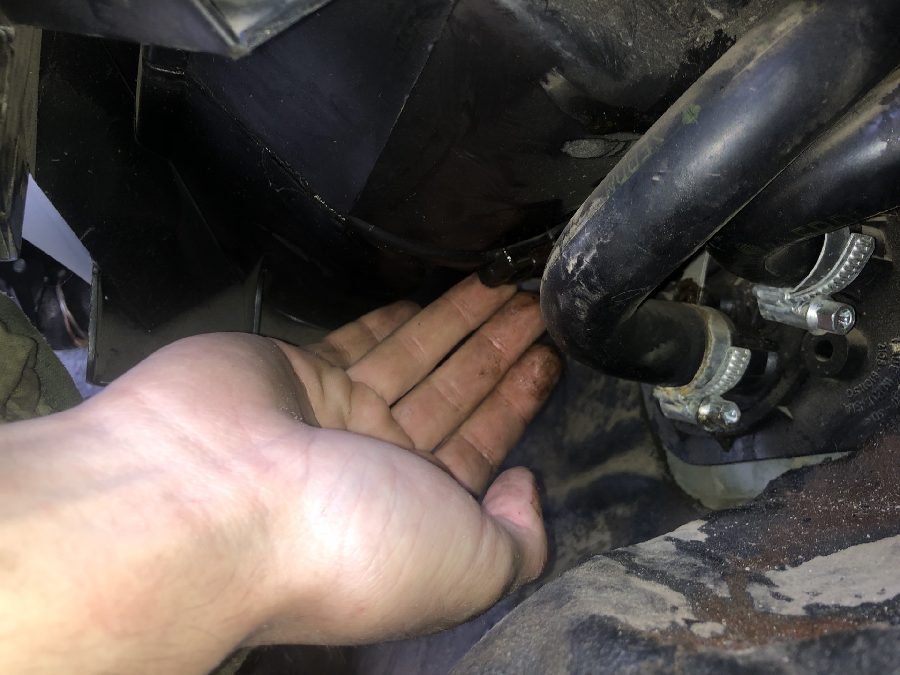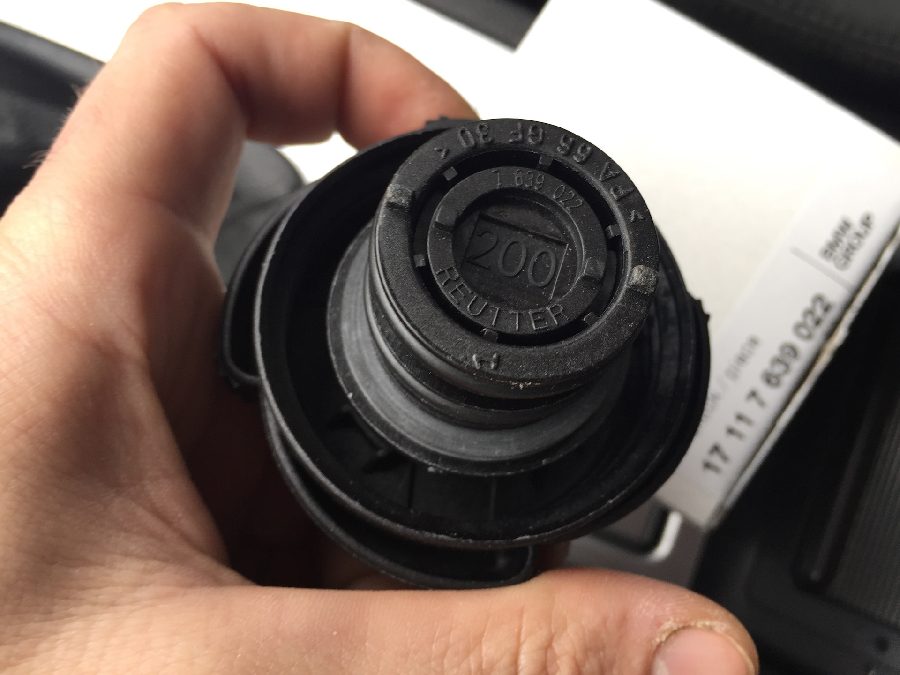
How to understand that the car stove is airy and expel the air plug from the stove
Content
The failure of the stove will cause a lot of problems for the driver and passengers, especially when a long trip is planned in cold weather. A heater malfunction may be the result of airing the cooling system, which promises much more trouble than the lack of heat and comfort. In this case, it is important to take measures in time to ventilate the stove in the car.
The failure of the stove will cause a lot of problems for the driver and passengers, especially when a long trip is planned in cold weather. A heater malfunction may be the result of airing the cooling system, which promises much more trouble than the lack of heat and comfort. In this case, it is important to take measures in time to ventilate the stove in the car.
What is airing a heating/cooling system
The cooling system is a combination of several key, interconnected nodes. To better understand how it works, let's look at each element of this important mechanism for the machine in more detail:
- Water pump. A centrifugal pump that pressurizes and circulates antifreeze through the hoses, pipes and channels of the cooling system. This hydraulic machine is a metal case with a shaft. An impeller is mounted on one end of the shaft, which initiates the circulation of liquid during rotation, and the other end of the unit is equipped with a drive pulley through which the pump is connected to the timing belt. Actually, through the timing belt, the engine ensures the rotation of the pump.
- Thermostat. The valve that regulates the circulation of coolant through the cooling system. Maintains normal temperature in the motor. The block and cylinder head are surrounded by a closed cavity (shirt), dotted with channels through which antifreeze circulates and cools the pistons with cylinders. When the coolant temperature in the engine reaches 82-89 degrees, the thermostat gradually opens, the flow of heated fluid begins to circulate through the line leading to the cooling radiator. After that, the movement of the coolant begins in a large circle.
- Radiator. The heat exchanger, passing through which the heated refrigerant is cooled, and then returned to the engine cooling system. The liquid in the heat exchanger cools the pressure of the incoming air from outside. If natural cooling is not enough, the radiator can cool the coolant with an additional fan.
- Expansion tank. Plastic translucent container, which is located under the hood near the heat exchanger. As you know, heating antifreeze leads to an increase in the volume of coolant, as a result of which excess pressure arises in a closed cooling system. So, RB is designed to normalize high blood pressure. In other words, during the increase in the amount of antifreeze, the excess refrigerant flows into this special reservoir. It turns out that the expansion tank stores a supply of coolant. If there is a shortage of coolant in the system, it is compensated from the RB, through a hose connected to it.
- Cooling system line. It is a closed network of pipes and hoses through which coolant circulates under pressure. Through the line, antifreeze enters the cooling jacket of the cylinder block, removes excess heat, and then enters the radiator through the pipes, where the refrigerant is cooled.
So what about the oven? The fact is that the units of the stove are directly connected with the cooling system. More precisely, the pipeline of the heating system is connected to a circuit through which antifreeze circulates. When the driver turns on the interior heating, a separate channel opens, the coolant heated in the engine goes through a separate line to the stove.
In short, the liquid heated in the engine, in addition to the radiator of the cooling system, enters the radiator of the stove, blown by an electric fan. The stove itself is a closed case, inside of which there are air channels with dampers. This node is usually located behind the dashboard. Also on the dashboard of the cabin there is a knob-regulator connected via a cable to the air damper of the heater. With this knob, the driver or a passenger sitting next to him can control the position of the damper and set the desired temperature in the cabin.

The device of the stove in the car
Consequently, the stove heats the interior with the heat received from the heated engine. Therefore, we can safely say that the cabin heater is part of the cooling system. So what is the airing of the heating / cooling system of a car and how is it harmful to the car engine?
Airing the stove: signs, causes, remedies
If there is an air lock in the heating system of the car, it will prevent the normal flow of antifreeze and actually cause the heater to malfunction. Accordingly, the first and main sign of airing the system is if, on a well-warmed engine, the stove does not heat up, and cold air blows from the deflectors.
Also, a sign that the cooling system is airy can be a rapid overheating of the engine. This will be prompted by the corresponding instruments on the dashboard. This is due to the air pocket, which occurs due to the low level of antifreeze, which could leak out or evaporate. The void formed in the channel, as it were, separates the fluid flow and does not allow the refrigerant to circulate. Accordingly, a violation of circulation leads to overheating of the motor, and the stove deflectors blow out cold air, since the coolant simply does not enter the heating system circuit.
Main reasons
The main reason for airing the stove is leakage and a drop in the coolant level in the cooling system, due to depressurization of the lines. In addition, the coolant leaving the system is often caused by breakdowns of the cylinder head gasket, breakage of the expansion tank valve cover.
Depressurization
Violation of tightness often occurs when pipes, hoses or fittings are damaged. Antifreeze begins to flow through damaged areas, and air also enters. Accordingly, the refrigerant level will begin to fall rapidly and the cooling system will be aired. Therefore, first of all, check for leaks on hoses and pipes. Detecting leaks is easy enough, since antifreeze will visually seep out.

Furnace leak in car
Another reason for the loss of tightness of the cooling system is a breakdown of the cylinder block gasket. The fact is that the motor is not a cast one-piece body, but consists of two components - a block and a head. A sealing gasket is placed at the junction of the BC and the cylinder head. If this seal breaks, there will be a violation of the tightness of the cylinder block, coolant leakage from the internal combustion engine cooling jacket. In addition, even worse, antifreeze can flow directly into the cylinders, mix with engine oil and form an unsuitable for lubricating working elements.
motor, emulsion. If antifreeze gets into the cylinders, thick white smoke will begin to come out of the exhaust pipe.
Valve cover failure
As you know, the function of the expansion tank is not only to store excess refrigerant reserves, but also to normalize the pressure in the system. When antifreeze is heated, the volume of the coolant increases, as well as an increase in pressure. If the pressure exceeds 1,1–1,5 kgf / cm2, the valve on the tank lid should open. After the pressure drops to operating values, the breather closes and the system becomes tight again.

expansion tank valve
Accordingly, a valve failure will lead to excess pressure, which will push through the gaskets and clamps, which will cause coolant leaks. Further, due to a leak, the pressure will begin to drop, and when the engine cools down, the coolant level will be lower than necessary and a plug will appear in the cooling system.
How to air the stove
If air gets in during topping up with fresh antifreeze or in some other random way, there is the simplest and most popular way to solve this problem, which consists of the following algorithm of actions:
- Lock the car with the parking brake.
- Remove the caps from the radiator and expansion tank.
- Start the engine, warm it up to operating temperature.
- Next, turn on the stove to maximum and monitor the coolant level in the expansion tank. If the system is airy, the antifreeze level will start to drop. Also, bubbles should appear on the surface of the refrigerant, indicating the release of air. As soon as hot air comes out of the stove, the coolant level stops falling, and bubbles also pass, which means the system is completely airless.
- Now add antifreeze in a thin stream into the expansion tank, up to the max mark indicated on the plastic tank body.
If this method is useless, carefully check the integrity of the pipes, hose, fittings, radiator. If leaks are detected, it will be necessary to completely drain the coolant, change damaged pipes or a heat exchanger, and then fill in fresh liquid.
